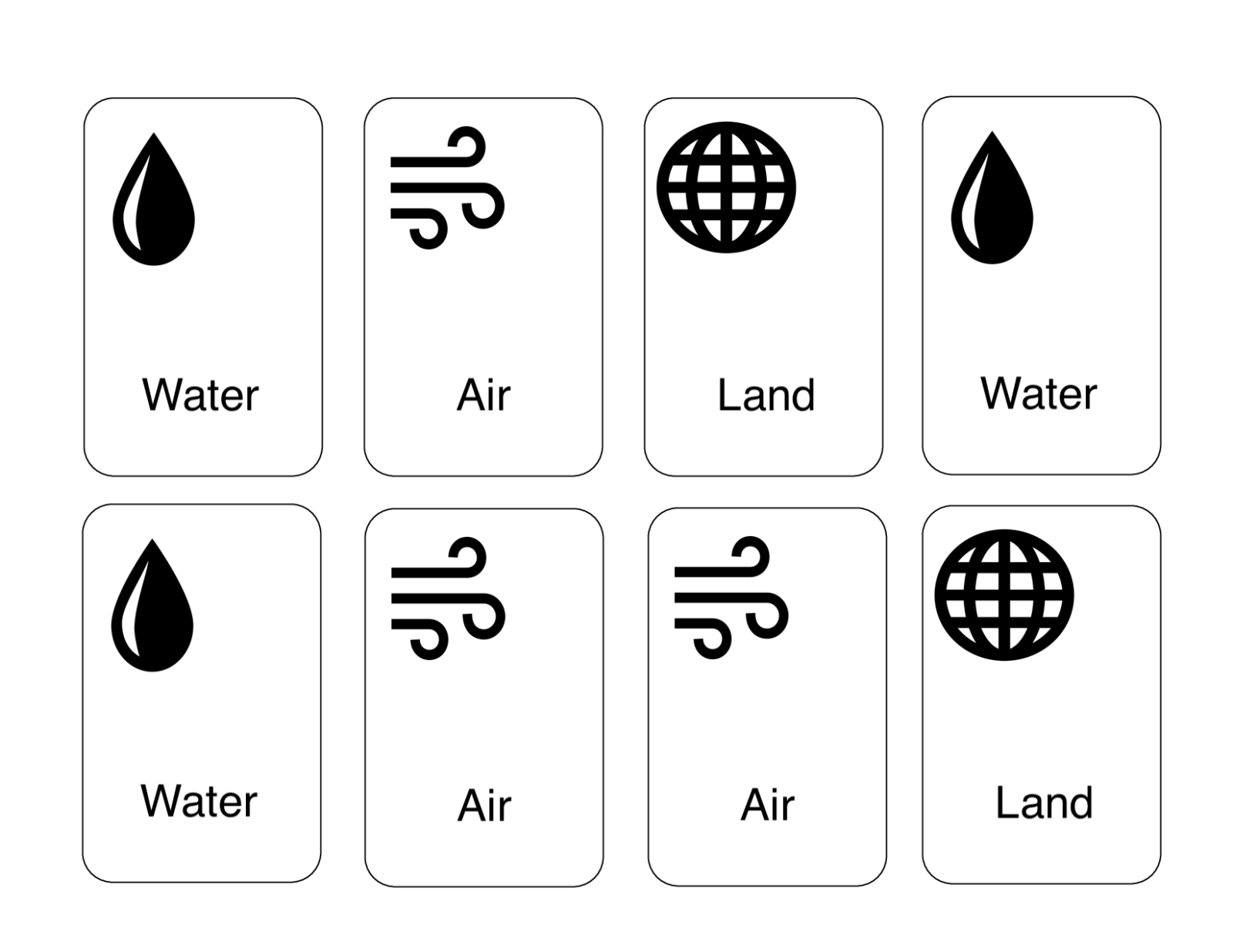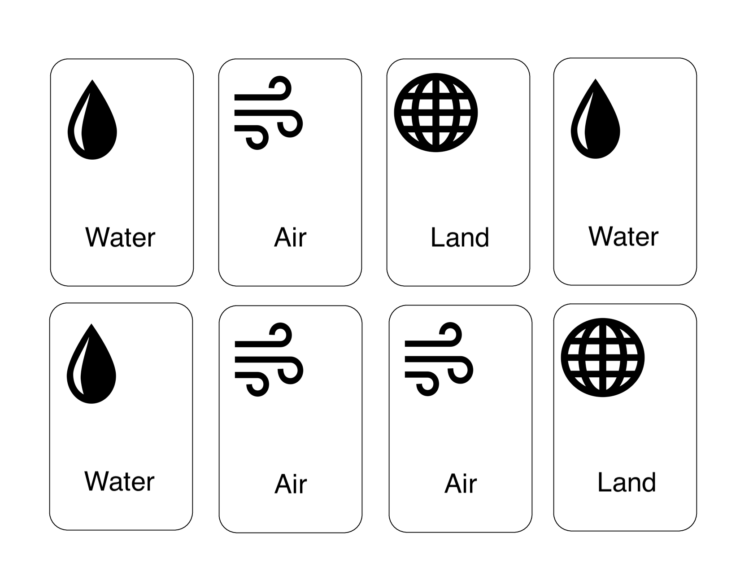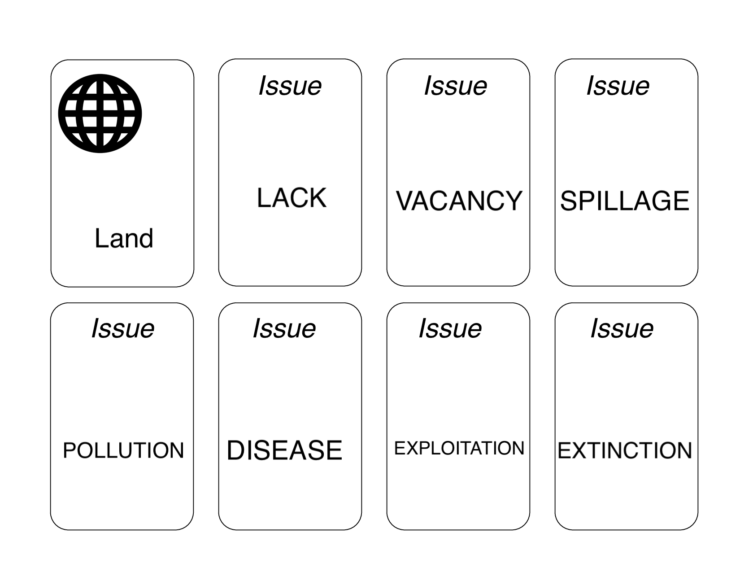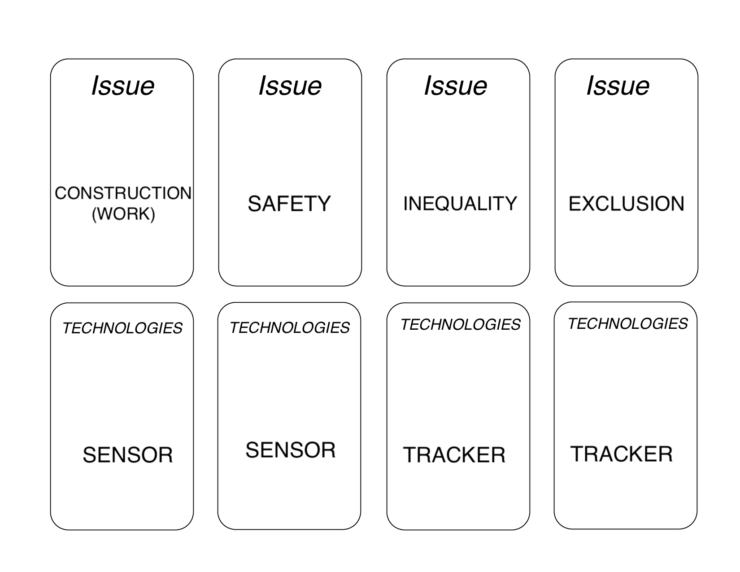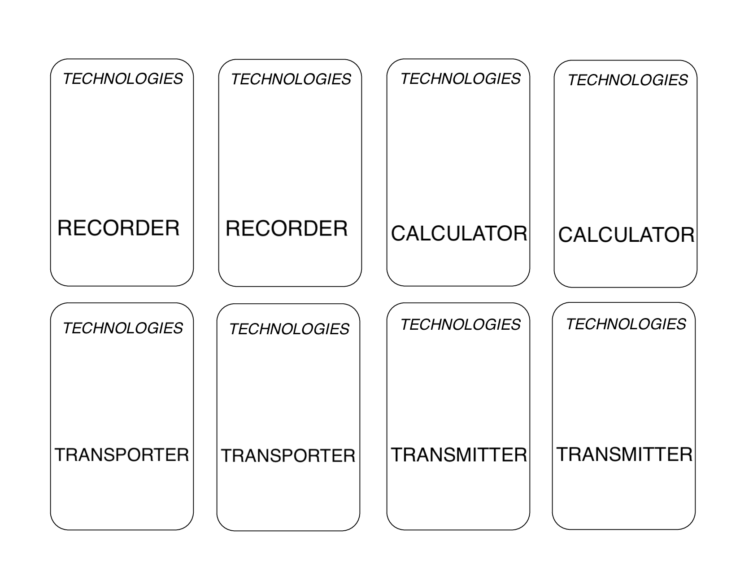2018 – 2019 Workshop Critical Making for “The Right to the Urban Commons”
Workshop Critical Making for “The Right to the Urban Commons”
19 & 20 March 2019 | 10:00-18:00 | MCW Lab, Kromme Nieuwegracht 20 (entrance: Muntstraat 2A), Utrecht
Organizers: Nanna Verhoeff, Michiel de Lange, Sigrid Merx, Lotte van der Molen, Fabian van Sluijs, Lenno Verhoog, Saskia Freeke, Helen Pritchard
AIM
In this workshop, we shall explore “the right to the urban commons” by working on the critical making of interfaces for these commons. The pervasive presence of technologies in urban space touches upon issues like “the right to the city” and the “commons” – the accessibility to, the optimisation of and the responsibility for the shared spaces and resources of our cities – whether material, natural, intellectual, social or cultural. Urgent questions are raised by critics and artists alike. Who or what has access to certain urban spaces, resources and/or services? Who or what is included or excluded? Who or what has the right to have their voice heard, protest, or resist? To what extent do people feel ownership over urban resources? What agency do they have to govern these resources collectively?
Digital media technologies profoundly shape the uses and perceptions of urban public spaces. It has been noted that digital media may impact the public nature of our cities and civic spaces. How can we wrest public open spaces from technology-driven developments, such as commercialization, optimization, control and isolation, or capsularisation? How can expanded approaches of sensing or data visualization re-narrate the urban commons? How can media, art and performance contribute to imagining alternatives for strengthening the right to the city?
To both address and explore these questions, and to expand what or for whom an urban interface might be, we bring together the worlds of creative making and critical reflection through an approach called ‘critical making’. Critical making is a term coined by Matt Ratto “to describe the combination of critical thinking with hands-on-making: a kind pedagogical practice that uses material engagements with technologies to open and extend critical social reflection.” (Hertz).
Moreover, as a design proposal it will address an overarching issue that has to do with some of the main “natural,” material “elements” of the urban commons, yet that are often forgotten as “urban”:
1. AIR
2. WATER
3. LAND
N.B. While these elements may be traditionally more thought of as “natural” or non-urban, the distinction between nature/culture, but also human/non-human has been problematized in recent theory and debate. Moreover, as material elements they also play a role in design.
Using a combination of 3 cards as the starting point, each team develops an intervention and accompanying story that explains how the interface’s situation (where/when/who?), commoning (what issue around what commons?), and technology (how?) are connected in this intervention: where will it take place, who are the subjects/agents involved, how are they entangled, what happens, what does it do and how?
Expected Outcomes
1) Prototype The teams will realize a design prototype of an innovative, if not interventionist, interface for urban public space that questions and rethinks the right to the urban commons. ‘Interface’ here involves the use of media, art and/or performance. This prototype should demonstrate how the “where, who, what & how” of the interface. Moreover, this interface, this design should be ‘critical’, in that it also questions both its own working, and its status as innovative or interventionist design.
2) Design Demonstration A presentation of not only the design prototype and its operation, but also a reflection on the interdisciplinary critical making process.
This step is meant to get the creative juices flowing, and to begin the creative and critical process. As a team you will pick one card from four different stacks: URBAN COMMON (water, land, air) ISSUE (what issue of urban commoning?), TECHNOLOGY, and LOCATION (where?) Start with an initial brainstorm about the cards, guided by the following questions: 1. Who are possible stakeholders involved in the issue related to this urban common? List at least 4. 2. What concrete technologies or media (digital or analogue) can you think of looking at your technology card? How does the technology afford specific uses: what does it allow you to do with it, what does it (try to) prevent you from doing? Who are intended users? What underlying values are embedded into its design? 3. What kind of behaviour or experiences does this location afford or invite? From what kind of (social) groups of people Next, conceive 3 mini-narratives that describe how this issue of urban commoning, this technology and this location are related Output: Sketch these mini-narratives on a poster for short presentation, combining word and image This step will help you to move from ideation to design concept. First, address the following questions: 1. Stretch your definition of what counts as an issue: what could the issue look like in 20 or 50 years from now? How can unlikely (e.g. mute/non-empowered/excluded/non-human, etc) stakeholders be involved in the issue? Can you drastically expand or shrink the scale of the issue? 2. What are possible counter-uses of the technology on your card? How can the technology be modified or repurposed for unscripted uses, beyond what you found in step 1? 3. How can the location be used as a productive stage for critically addressing this issue and using this technology? Second, decide as a team on a concept to pursue, breaking away from the realistic “as is” narratives in step 1 to a more imaginative alternative “could/should be” narrative. Guiding questions: 1. What would you like to change about the issue? E.g. which unlikely stakeholder(s) are activated, when and at what level? 2. From the list of possible technological counter-uses, what is the key operation you want your tech to do in order to assist this transformation of the issue? What needs to be done to, or with, the technology to make it do that? Does it become a (partially) new thing, with new values? 3. How can the situation help you to provide a stage where you can intervene: e.g. make your issue public, give voice to certain agents, interact with the technology, involve bystanders and audience? Third, turn this into a provisional mini-story that captures the central idea of what you want to work on as a team. Output: a narratable concept for your intervention of max.100 words. In this step you will visualize and give shape to the concept developed so far. You can use paper, mood boards, software, online visualization tools, etc. Also look at what might be available for prototyping. Output: rough prototype for your intervention in a particular urban setting. The fourth step involves materialization. Based on the sketch of step 3, you will make a working prototype (material mockup) that captures and demonstrates the main properties of the design proposal. Output: a working prototype of a tangible, material interface that can be tested under step 5. In this step you locate this interface in the urban context. Re-connect the dramatized data (steps 1-3) and the interface (step 4) to the city: Where and when will you place your story as a localized urban intervention? Output: quick evaluation of prototype + iteration for improvement You present both the design prototype and its operation, and a reflection on the interdisciplinary critical making process. Output: present your design in the form of your choosing – including a statement about the critical aim of this intervention. 10:00 Welcome and introduction to workshop 10:20 Helen Pritchard 11:00 Saskia Freeke 11:40 BRIEFING (steps + teams) 12:00 Lunch 13:00 STEP 1 14:00 Presentation (max 2m./peer response) 14.30 STEP 2 16:00 STEP 3 17:00 Presentation (max 3m/artist response) 18:00 Close Day 2 – 20th March 2019 10:00 STEP 4 13:00 Lunch 14:00 STEP 5 16:00 STEP 6 16:30 Demonstrations 18:00 Drinks! 1 – BRAINSTORMING: A CARD GAME
2 – CONCEPTING
3 – SKETCHING
4 – PROTOTYPING
5 – TESTING
6 – DEMONSTRATING

